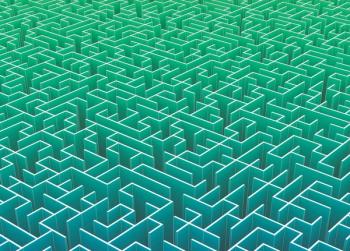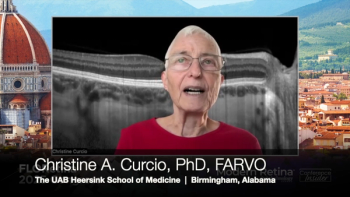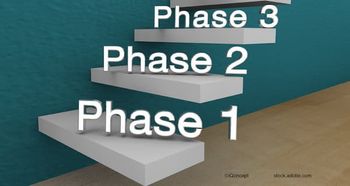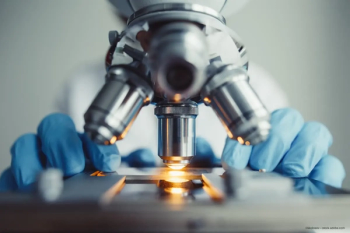
AAO 2025: Home OCT provides a granular look at retinal pathologies
Anat Loewenstein, MD, shared recent research findings which indicate home monitoring is appropriate for atypical and complex pathologies
During the American Academy of Ophthalmology (AAO) annual meeting, the Eye Care Network caught up with several of Editorial Advisory Board members. Anat Lowenstein, MD, is an editorial advisor to
"From all the studies that we have done regarding the home OCT, we found that it can really make a big, big change in the lives of our patients and in the outcome of treatment modalities," she said. Home OCT, especially when integrated with AI grading systems, has "a significant clinical impact on on the management of the patients," Prof Loewenstein said.
She cited a study which was performed by Nancy Holekamp, MD, in which patients were switched from a conservative, office-based monitoring protocol to home monitoring. "The treatment interval increased from 8 to 15.3 weeks, which is a big difference," Prof Loewenstein said. Additionally, Prof Loewenstein said, existing patient cases provide support for use of home OCT in atypical cases. "We already have some real world managed patients by the home OCT, and we are able to show on an anecdotal basis that the treatment interval can increase while the patients are using the home OCT, even in very difficult to treat patients," she said. "These are the patients on whom we try new technologies, just because of the more granular inspection of the data that we have of the patients' retina, with so many home devices."
Watch the full video for the latest updates in home monitoring, and to hear Prof Loewenstein's predictions for the near future of this technology.
Newsletter
Get the essential updates shaping the future of pharma manufacturing and compliance—subscribe today to Pharmaceutical Technology and never miss a breakthrough.












































